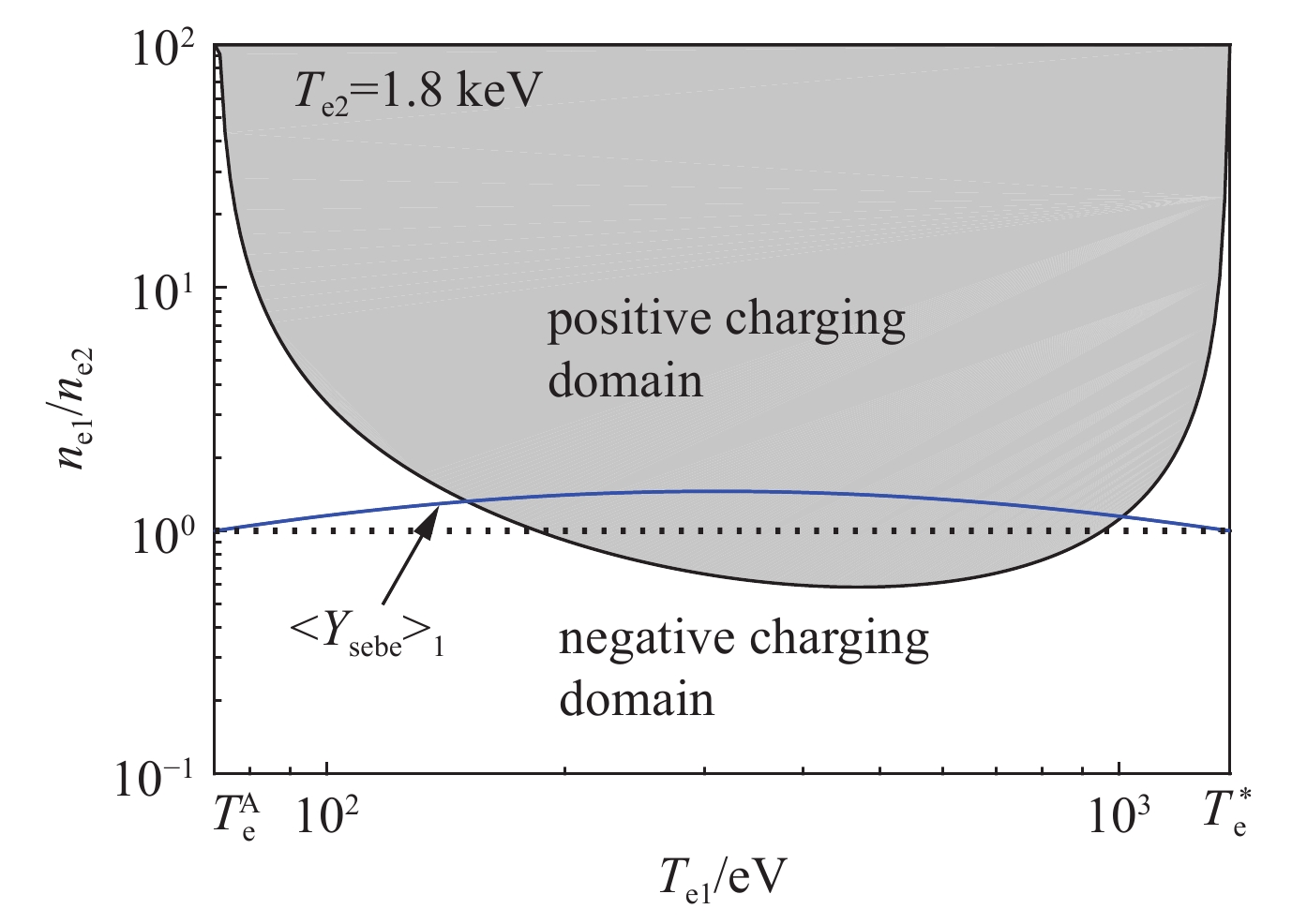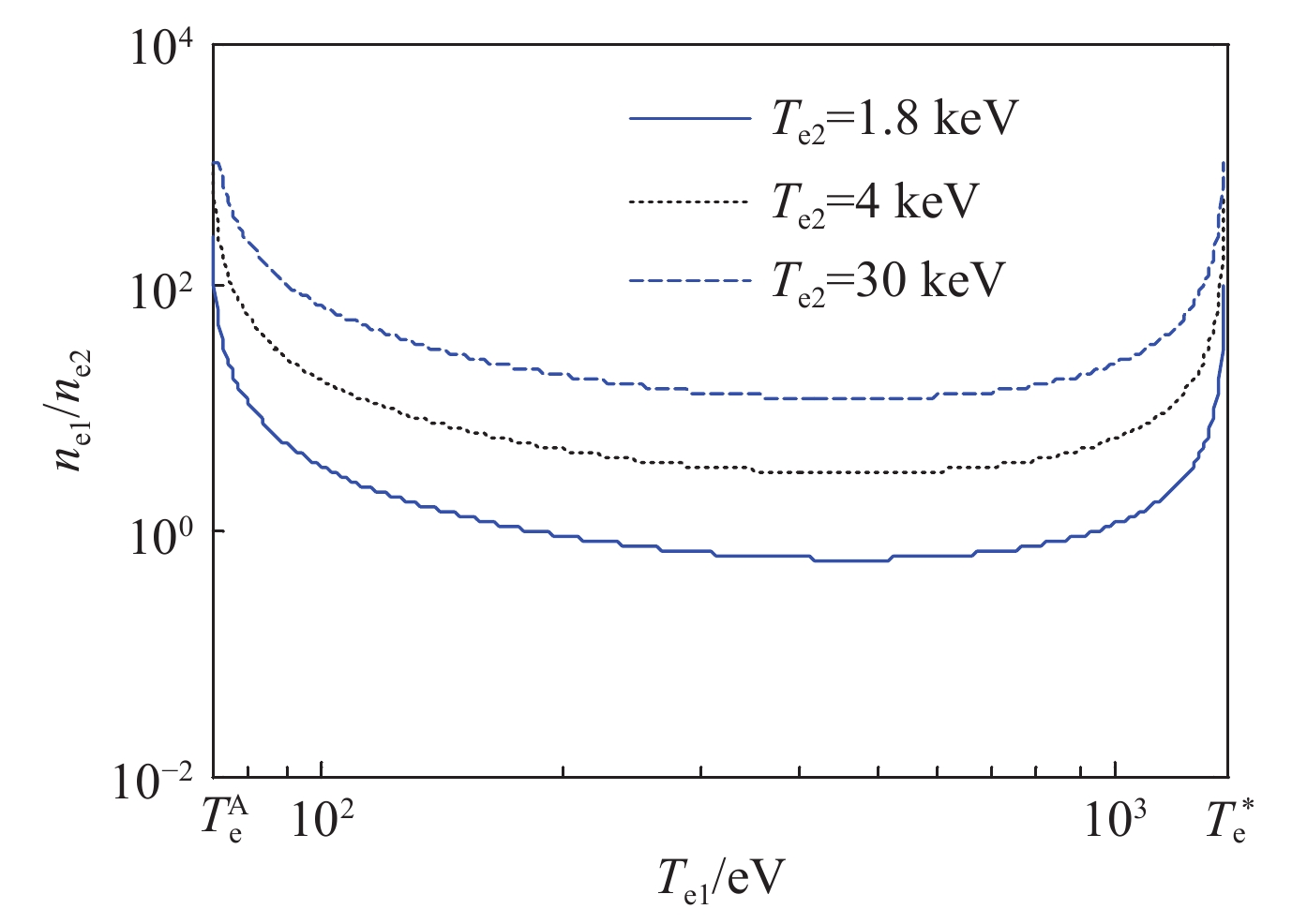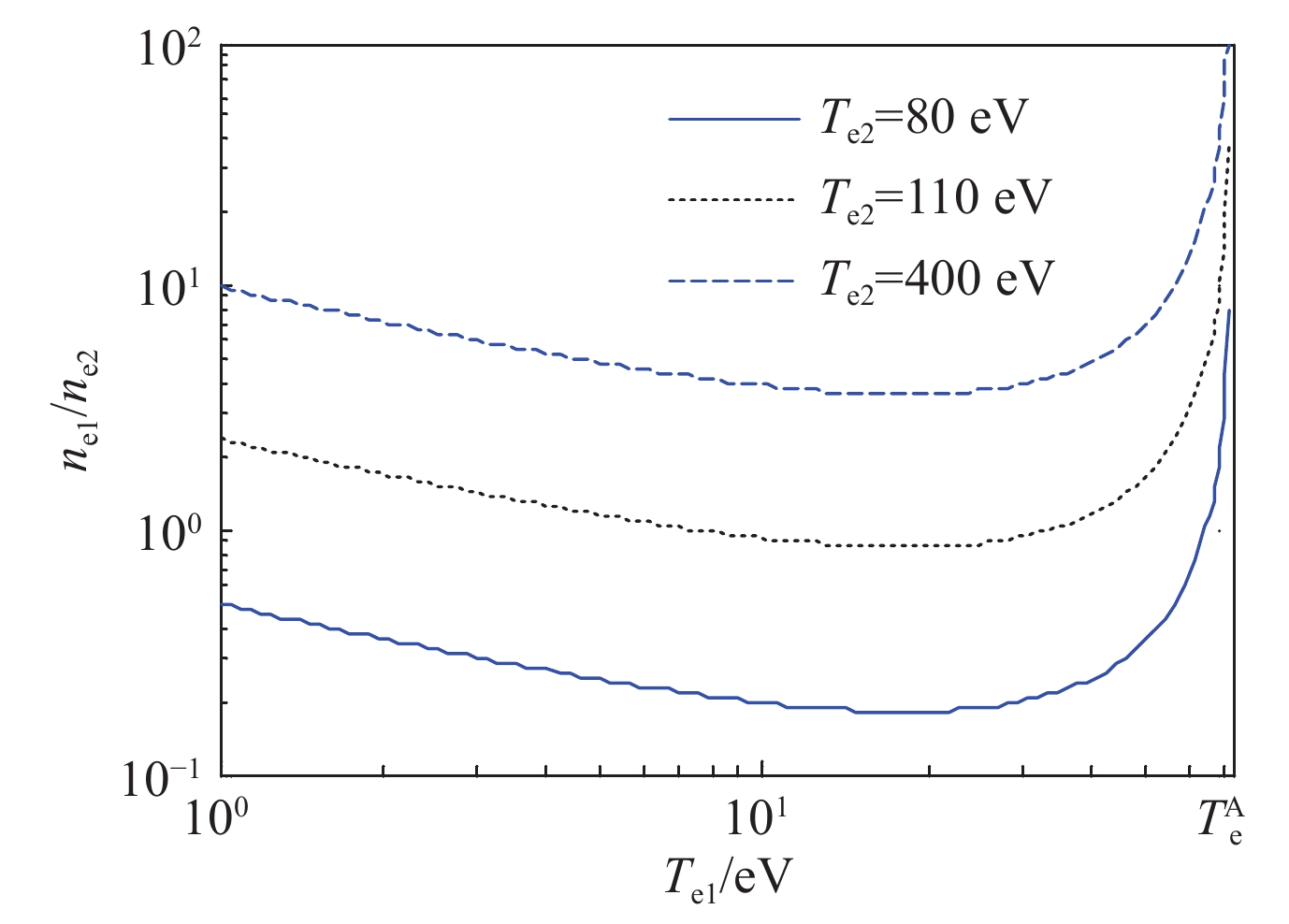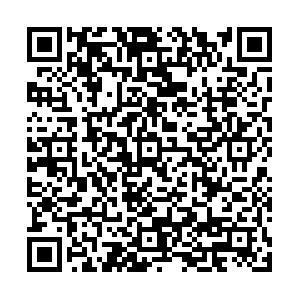Analysis of spacecraft charging onset using secondary electron yield
-
摘要: 为了进一步贴近航天器表面起电环境以得到更加可信的分析结果,针对航天器在恶劣充电环境下的表面起电问题,考虑空间等离子体双麦克斯韦分布情况,建立了基于平均二次电子发射系数的航天器表面起电阈值方程,可在入射电子能量连续分布情况下定量分析航天器表面起电特征,其中双麦分布可更好地描述磁层亚爆期间的恶劣充电环境。经过理论分析,归纳出双麦分布下的两种典型等离子体状态。通过仿真计算,得到了在两种典型等离子体状态下航天器表面电位随等离子体浓度和温度变化的特征。结果表明:电子温度越高,表面负带电电位越高,充电越严重,与此同时,双麦分布下等离子体两种电子组分的浓度比值对带电结果有重要影响。Abstract: The interaction between space plasma and spacecraft results into the onset of spacecraft surface charging and the resultant electrostatic discharging events. The computation of spacecraft surface charging is commonly accomplished using the secondary electron yield of spacecraft surface irradiated by mono-energetic electrons. To depict the charging environment more precisely and obtain more reliable computation results, focusing the spacecraft charging problem under the worst charging condition and taking into accounts the double-Maxwellian plasma distribution, the threshold equation controlling the onset charging is derived based on the averaged secondary electron yield. This equation is useful to analyze spacecraft charging under the condition of election irradiation with a continuous energy spectrum. Besides, the adoption of double-Maxwellian plasma distribution could better model the space plasma condition in the case of magnetospheric substorm. By theoretical analysis, the ambient plasma is divided into two typical situations according to the charging characteristics of spacecraft surface charging. Through simulation computation, the trend of spacecraft surface charging versus plasma parameters fluctuations is obtained for these two typical situations. Results show that higher electron temperature corresponds to more severe charging with higher negative potential; meanwhile, the density ratio of the two electron components in double-Maxwellian plasma distribution plays an important role in spacecraft surface charging. The obtained conclusions could provide useful reference for quantitative analysis of spacecraft surface severe charging events.
-
-
[1] 胡小锋, 张建平, 许滨. 航天器空间静电效应研究进展[J]. 强激光与粒子束, 2019, 31:103202. (Hu Xiaofeng, Zhang Jianping, Xu Bin. Progress of the research of space electrostatic effect of spacecraft[J]. High Power Laser and Particle Beams, 2019, 31: 103202 doi: 10.11884/HPLPB201931.190247 [2] Langmuir I, Blodgett K B. Currents limited by space charge between concentric spheres[J]. Physical Review, 1924, 24(1): 49-59. doi: 10.1103/PhysRev.24.49 [3] 蒋锴, 王先荣, 秦晓刚, 等. 大型低轨道载人航天器电位主动控制[J]. 航空学报, 2019, 37(5):1563-1572. (Jiang Kai, Wang Xianrong, Qin Xiaogang, et al. Large manned spacecraft with active potential control at LEO[J]. Acta Aeronautica ET Astronautica Sinica, 2019, 37(5): 1563-1572 [4] Huang Jianguo, Jiang Lixiang, Wang Song. Onset of spacecraft charging and potential jump in geosynchronous plasma[J]. IEEE Transactions on Plasma, 2017, 45(8): 1976-1984. doi: 10.1109/TPS.2017.2719712 [5] Lai S T, Della-Rose D J. Spacecraft charging at geosynchronous altitudes: New evidence of existence of critical temperature[J]. Journal of Spacecraft and Rockets, 2001, 38(6): 922-928. doi: 10.2514/2.3764 [6] Lai S T. Spacecraft charging thresholds in single and double Maxwellian space environments[J]. IEEE Transactions on Nuclear Science, 1991, 38(6): 1629-1634. doi: 10.1109/23.124155 [7] Huang Jianguo, Liu Guoqing, Jiang Lixiang. Threshold for spacecraft charging in double-Maxwellian plasma[J]. Journal of Geophysical Research: Space Physics, 2015, 120(8): 6301-6308. doi: 10.1002/2015JA021173 [8] Lai S T, Tautz M. High-level spacecraft charging in eclipse at geosynchronous altitudes: A statistical study[J]. Journal of Geophysical Research, 2006, 111(A09201). [9] Lai S T. Fundamentals of spacecraft charging-spacecraft interactions with space plasma[M]. Princeton: Princeton University Press, 2012. [10] Mullen E G, Gussenhoven M S, Hardy D A, et al. SCATHA survey of high-level spacecraft charging in sunlight[J]. Review of Geophysics and Space Physics, 1986, 91: 1464-1490. -




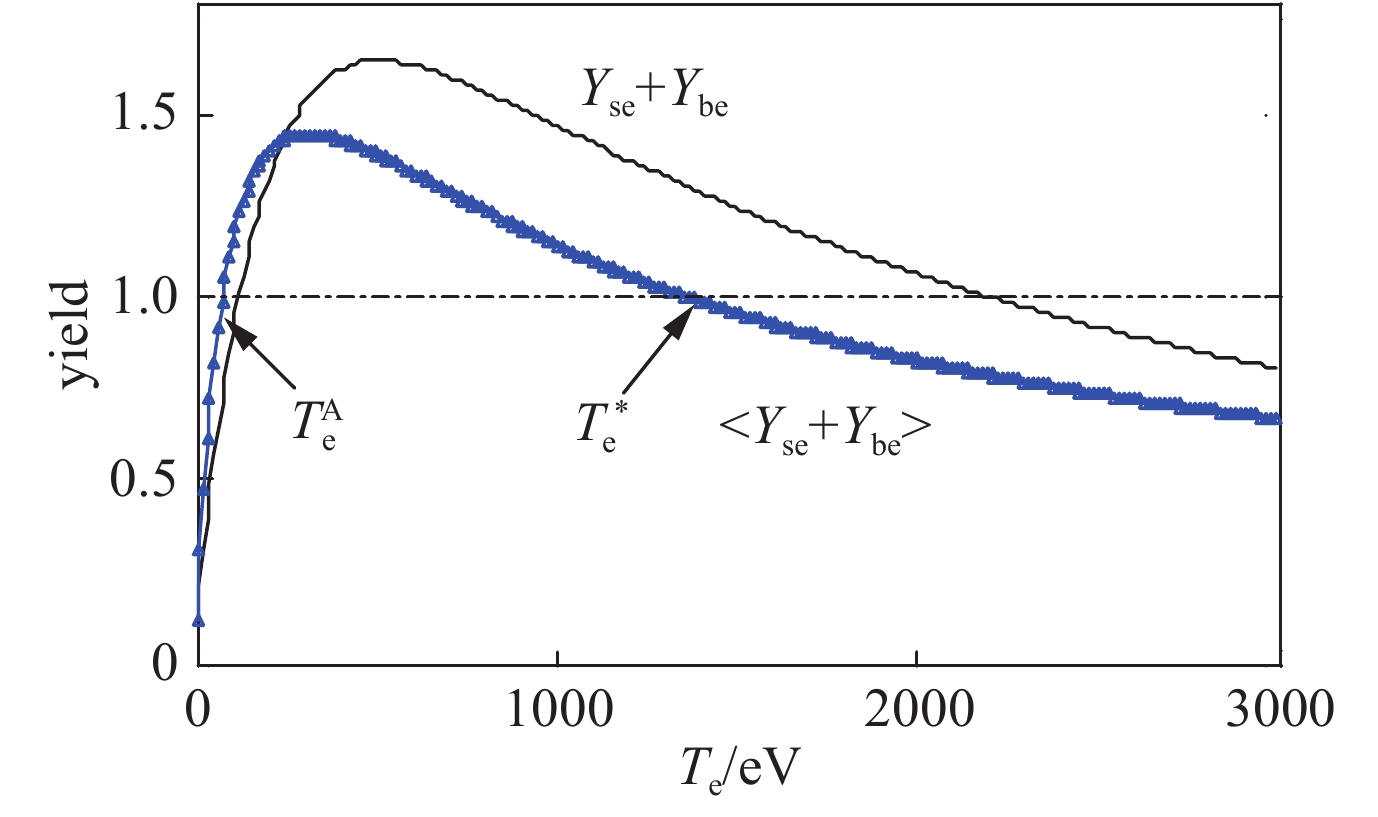
 下载:
下载:
